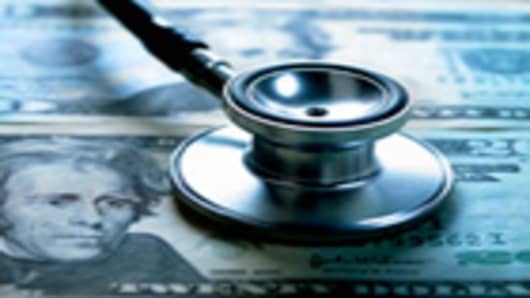There are some pretty bold predictions out there about the amount of money the U.S. can save on health care with remote monitoring in multiple disease areas. We’ve heard over $200 billion over a 25-year period. When you see 20-30 percent reductions in utilization of health care services in some of our most prevalent and expensive chronic diseases, it’s easy to see how one can reach numbers like that.
How will the technology that you’re developing change the picture of aging as we know it?
Not only do we have a rapidly aging population with nearly 10,000 people turning 65 every day, but also there is a shortage of both physicians and nurses in the U.S. It is estimated that by 2015, there will be a shortage of roughly 683,000 nurses and 63,000 physicians. This will have serious repercussions on those needing care over the next decade.
Between sensors that monitor activity in a home and sensors that monitor an individual’s vital signs, we can now remotely track things like overall health, medication compliance and physical activity. Having that technology and capability is changing the way we view aging. And it’s enabling the elderly to stay in their homes and live independently longer.
In 10 to 20 years, we’ll know so much more about our own risk factors for a large number of diseases and conditions, and we’ll have the tools to take care of ourselves and our loved ones in a much more proactive and intelligent way. We’ll move away from a population-based medicine approach, to one where the individual’s genetics are analyzed and used to drive specific therapies that are personalized to them.
Will our smartphones become the agent for managing our health, much as it has become central to managing the rest of our lives?
Mobile is the largest technology platform in human history. More people now have access to a cell phone network than electricity, running water or even a toothbrush. The scale is tremendous and it’s going to have a profound impact on health care all around the world.
Soon, we’ll be able to combine different types of data like never before. The phone will become a focal point for wirelessly connecting medical devices, diagnostics and sensors, providing near real-time information while improving care.
Medical apps, now at 40,000 and counting, will become more popular in managing an individual’s health as well. Mobile technologies also will intersect with invasive devices, including devices ingested or embedded in the human body.
How will sensor tech converge with smartphones to change care as we know it? Will the future of health monitoring be invisible, seamless, something we don't have to stop to think about?
There have been excellent strides in biometric sensor technology that are spurring the growth of the mobile health industry. Sensors from Entra (for diabetes), Nonin (for blood oxygen and pulse monitoring) and Bodymedia (wearable technology for monitoring activity levels) are just a few examples of wireless technology that take biometric readings that can be viewed on smartphones and tablets through self-tracking dashboard apps.
Innovators like MapMyFitness(training and track fitness), RunKeeper(running and fitness), Noom (weight-loss coaching) and US Preventive Medicine (prevention, early detection and chronic condition management products and services) have found unique ways to leverage the smartphone’s sensors to mimic the phone as a biometric device.
And new entrants —AliveCor(disease management devices),iBGStar(glucose monitoring), Withings (Wi-Fi body scale), iHealth (blood pressure monitoring), DexCom (glucose monitoring with embedded sensors), and Vitadock (blood sugar and blood pressure monitoring) — are transforming smartphones into serious health tracking devices.



